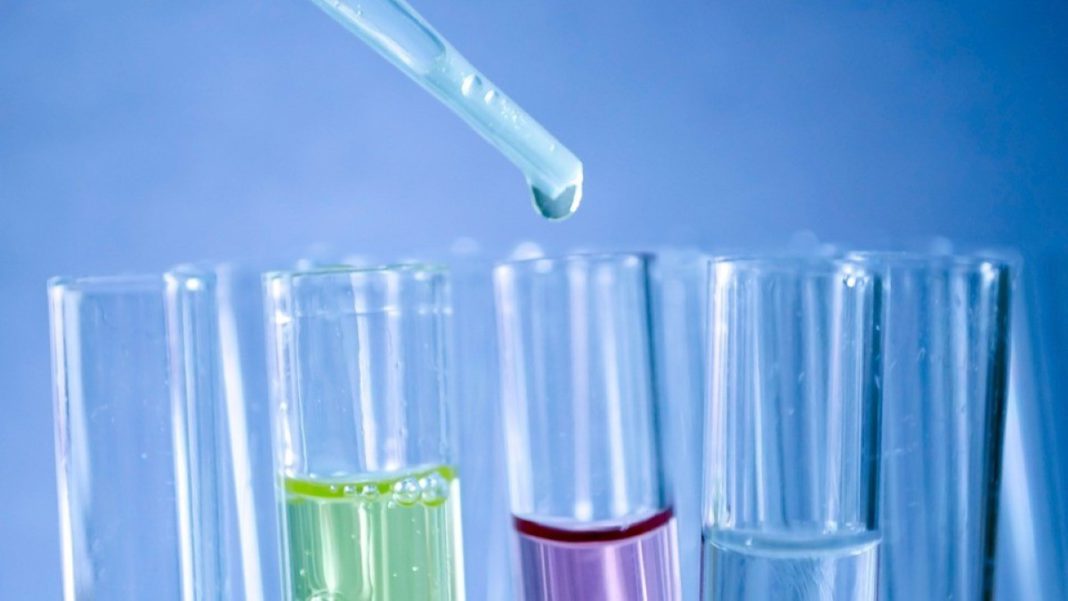UNITED STATES: Researchers at the SLAC National Accelerator Laboratory have captured one of the fastest movements of a molecule called ferricyanide by utilising two ultrafast X-ray spectroscopy techniques.
This breakthrough marks the first time that scientists have recorded such a movement. Scientists are excited about this discovery, as it could help map more intricate chemical reactions in the body, like oxygen transportation in blood cells or hydrogen production using artificial photosynthesis.
The research team, comprised of members from SLAC, Stanford, and other institutions, used a mixture of ferricyanide and water and zapped it with an ultraviolet laser and bright X-rays from the Linac Coherent Light Source (LCLS) X-ray free-electron laser.
By analysing a second emission region, known as valence-to-core, which has been significantly more demanding to measure on ultrafast timescales, the team obtained a detailed picture of the ferricyanide molecule as it evolved into a critical transitional state.
The scientists showed that ferricyanide enters an intermediate, excited state for about 0.3 picoseconds, or less than a trillionth of a second, after being hit with a UV laser.
The valence-to-core readings revealed that following this short-lived, excited period, ferricyanide loses one of its molecular cyanide “arms,” called a ligand.
The molecule Ferricyanide then fills this missing joint with the same carbon-based ligand or, less likely, a water molecule.
The ligand exchange is an essential chemical reaction that scientists thought occurred in ferricyanide. However, according to SLAC scientist and first author Marco Reinhard, there was no direct experimental evidence of the individual steps in this process.
Over many years, the research team refined their X-ray spectroscopy technique at SLAC’s Stanford Synchrotron Radiation Lightsource (SSRL) and LCLS.
The team then combined all this expertise with LCLS’s X-ray Correlation Spectroscopy (XCS) instrument to capture the molecular structural changes of ferricyanide.
The research team hopes to study more complex molecules, such as hemeproteins, which transport and store oxygen in red blood cells but are challenging to learn due to scientists need to understand all the intermediate steps of their reactions.
Roberto Alonso-Mori, a SLAC lead scientist, said the team leveraged SSRL and LCLS to complete the experiment.
He added that the team couldn’t have finished developing their method without access to both facilities and their longstanding collaboration.
This exciting development has opened up a world of possibilities in the field of chemistry, as researchers can now utilise advanced X-ray techniques to map and understand complex chemical reactions.
Also Read: Scientists Offers New Explanation for Why We Haven’t Found Aliens Yet



